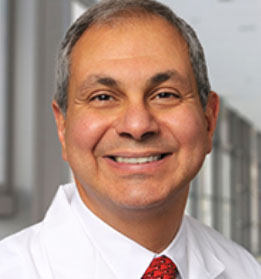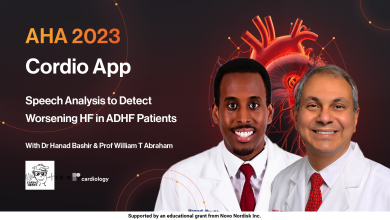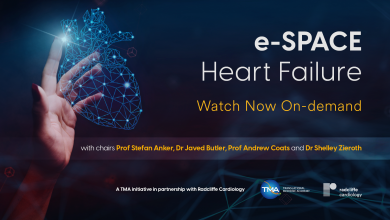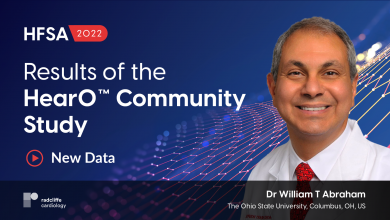
Research areas
Biography
Prof Abraham is a College of Medicine Distinguished Professor. He has been recognized as one of the “Best Doctors in America” for 18 consecutive years.
His research has led to the approval/adoption of new heart failure therapies, including beta-blockers, natriuretic peptides, cardiac resynchronization therapy, ultrafiltration, implantable hemodynamic monitoring, transvenous phrenic nerve stimulation, cardiac contractility modulation, baroreflex activation therapy, and mitral valve repair.
Prof Abraham has authored more than 1,000 original works and has been named a Clarivate Analytics Highly Cited Researcher and one of The World’s Most Influential Scientific Minds.
He received the 2017 Distinguished Scientist Award from the American College of Cardiology.
With his permission, Prof Abraham is contactable here.
Media
William T Abraham, Hanad Bashir
Stefan Anker, Giuseppe Rosano, Javier de Juan Bagudá, et al
William T Abraham, Marianna Adamo, Stefan Anker, et al
William T Abraham, Marianna Adamo, Stefan Anker, et al
John JV McMurray, Yuhui Zhang, Giuseppe Rosano, et al
Thomas M Helms, Karl-Heinz Kuck, William T Abraham, et al
Articles by William T Abraham, Professor of Internal Medicine and Chief of the Division of Cardiovascular Medicine
William T Abraham, Adam Pleister, Robin Germany, et al
Citation: Cardiac Failure Review 2018;4(1):50–3.
William T Abraham,
Citation: European Cardiology 2008;4(2):39–41
Sitaramesh Emani, William T Abraham,
Citation: European Cardiology 2012;8(1):44-7
Sitaramesh Emani, William T Abraham,
Citation: US Cardiology 2012;9(1):53-6
Rami Khayat, Andrew Pederzoli, William T Abraham, et al
Citation: US Cardiology 2009;6(2):72–8


















